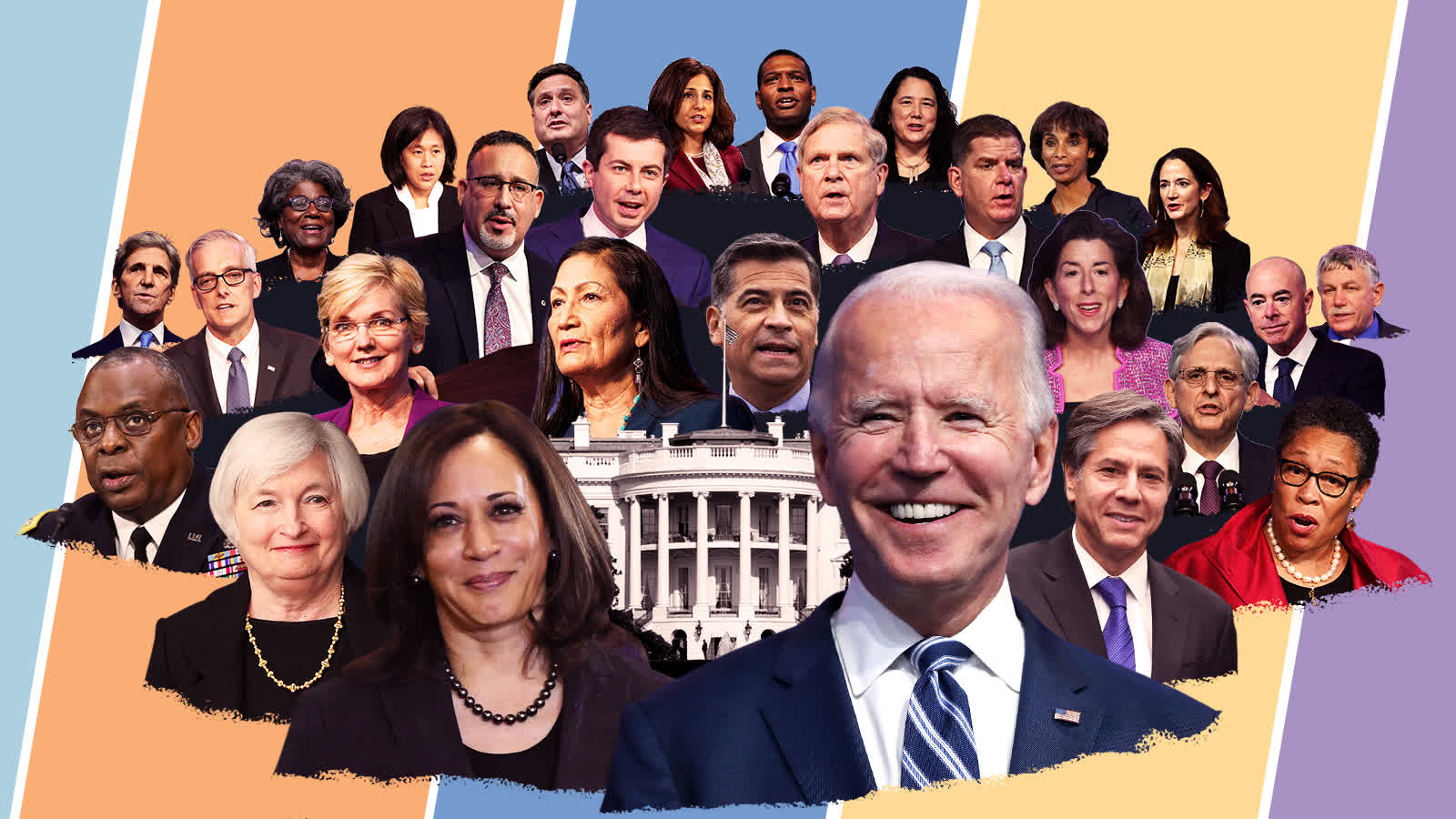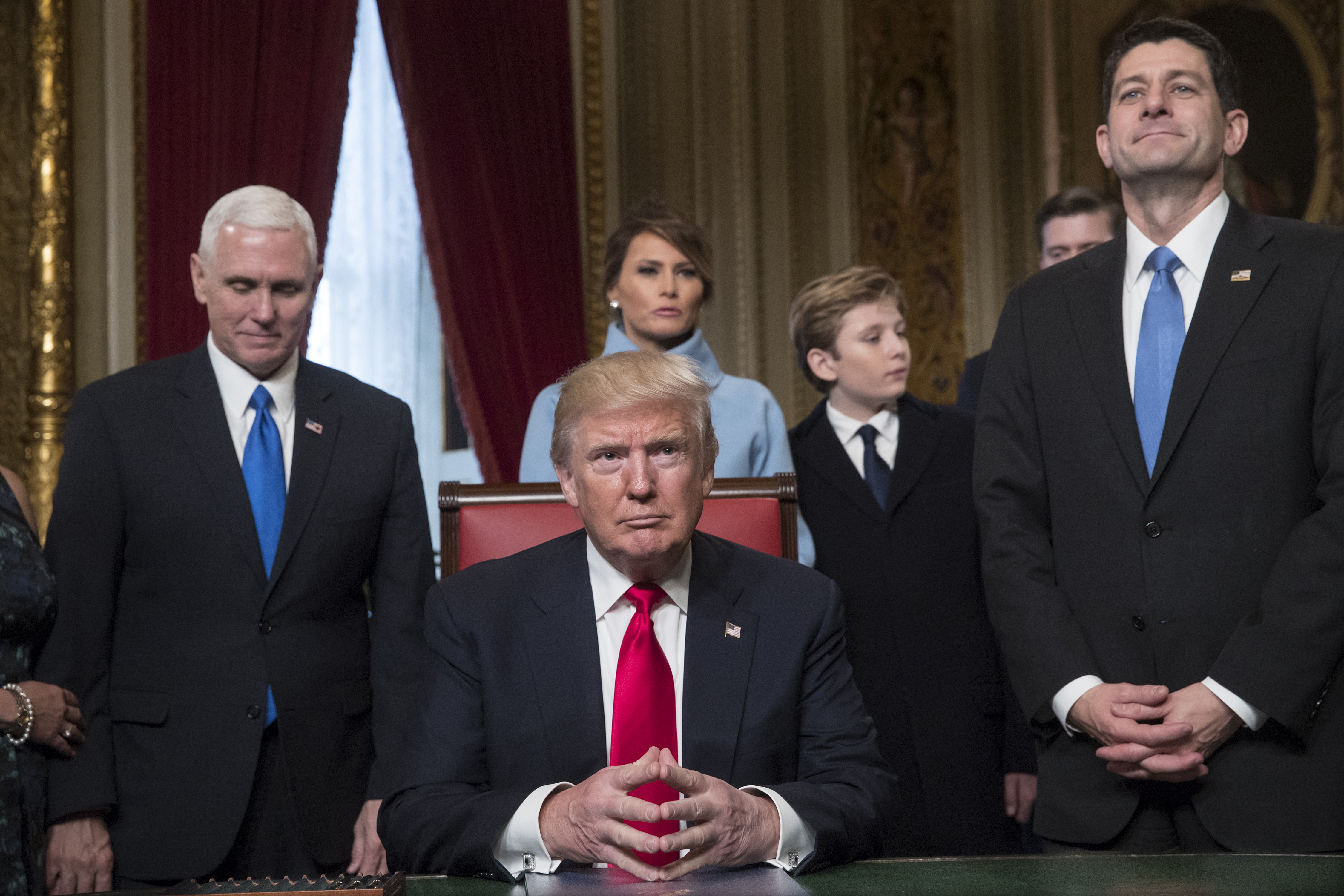Cabinet Performance Metrics: Which President Had The Best Cabinet

Evaluating the effectiveness of a presidential cabinet is a complex undertaking, requiring a multifaceted approach that goes beyond simple approval ratings. A robust evaluation necessitates considering various factors, weighing their relative importance, and acknowledging the inherent limitations of any single metric. This analysis focuses on three key areas: policy success, economic performance, and public perception.
Cabinet Performance Rubric
A comprehensive rubric for evaluating cabinet performance should incorporate both qualitative and quantitative measures. The following rubric Artikels key criteria within each of the three aforementioned areas.
| Factor | Criteria | Scoring (1-5, 5 being highest) |
|---|---|---|
| Policy Success | Achievement of stated policy goals; effectiveness of policy implementation; positive societal impact; long-term sustainability of policies. | 1-5 based on the degree of achievement across criteria |
| Economic Indicators | GDP growth rate; inflation rate; unemployment rate; job creation; reduction in national debt; investment growth. | 1-5 based on positive trends in these indicators during the cabinet’s tenure, compared to historical trends. |
| Public Approval | Average approval ratings of individual cabinet members; overall cabinet approval ratings; public perception of cabinet competence and integrity; handling of crises. | 1-5 based on polling data and media analysis of public sentiment. |
Economic Policy Comparison, Which president had the best cabinet
The following table compares and contrasts the economic policies of three presidential cabinets: the Eisenhower administration (1953-1961), the Reagan administration (1981-1989), and the Clinton administration (1993-2001).
| Administration | Economic Approach | Key Outcomes | Overall Assessment |
|---|---|---|---|
| Eisenhower | Fiscal conservatism; balanced budgets; limited government intervention; focus on infrastructure development. | Strong economic growth; low inflation; reduced national debt. | Generally positive; a period of post-war prosperity. |
| Reagan | Supply-side economics; tax cuts; deregulation; increased military spending. | Increased national debt; high inflation initially, followed by lower inflation; strong economic growth in the latter half. | Mixed; debated impact of supply-side policies on long-term economic health. |
| Clinton | Fiscal responsibility; deficit reduction; investment in technology and education; deregulation in some sectors. | Strong economic growth; balanced budget; low unemployment; significant technological advancements. | Highly positive; a period of sustained economic prosperity. |
Cabinet Diversity Comparison
A visual representation comparing the diversity of three presidential cabinets could be a three-panelled chart. Each panel would represent a different administration (e.g., Eisenhower, Reagan, Clinton). Within each panel, circles of varying sizes could represent cabinet members, with the size corresponding to their influence or seniority. Color-coding could represent demographic factors (e.g., race, gender), and shading could indicate professional backgrounds (e.g., business, law, academia). The visual would readily illustrate the differences in representation across administrations, highlighting disparities in gender, racial, and ethnic diversity, as well as variations in professional expertise within each cabinet. For example, the Eisenhower cabinet might show a predominance of white, male members with backgrounds primarily in military service and business, whereas the Clinton cabinet might display a more diverse representation across gender, race, and professional fields. This visual comparison would offer a clear and concise overview of the diversity (or lack thereof) within each cabinet.
Impact of Cabinet on Presidential Success

A president’s cabinet plays a crucial role in shaping their administration’s success or failure. The effectiveness of a presidency is significantly influenced by the collective expertise, cohesive teamwork, and efficient execution within the cabinet. A strong cabinet can provide invaluable support, bolstering the president’s agenda and ensuring smooth implementation of policies. Conversely, a dysfunctional cabinet can lead to internal conflicts, policy gridlock, and ultimately, a less effective presidency.
Cabinet Cohesion and Presidential Effectiveness
The relationship between cabinet cohesion and presidential effectiveness is demonstrably strong. High levels of cohesion, characterized by shared goals, effective communication, and mutual respect among cabinet members, generally lead to more efficient policymaking and a stronger presidential image. For example, President Franklin D. Roosevelt’s cabinet during the New Deal era, despite internal disagreements on specific approaches, exhibited a remarkable level of unity in pursuing the overarching goal of economic recovery. This cohesion significantly contributed to the success of his ambitious programs. In contrast, instances of significant cabinet infighting, such as the tensions within President Lyndon B. Johnson’s cabinet during the Vietnam War, often hampered the administration’s ability to effectively address critical issues, leading to decreased public confidence and ultimately, impacting the president’s legacy.
Hypothetical Modern Presidential Cabinet
The following table Artikels a hypothetical cabinet for a modern president, emphasizing diverse expertise and collaborative potential. The selections prioritize individuals with proven track records, strong leadership qualities, and the ability to navigate complex policy challenges.
| Name | Position | Expertise | Anticipated Contribution |
|---|---|---|---|
| Dr. Anya Sharma | Secretary of Health and Human Services | Public Health, Epidemiology, Healthcare Policy | Lead national health initiatives, improve healthcare access and affordability, and address public health crises effectively. |
| Mr. David Chen | Secretary of the Treasury | Economics, Finance, International Trade | Develop and implement sound economic policies, manage national debt, and foster economic growth while promoting global economic stability. |
| Ms. Isabella Rodriguez | Secretary of State | International Relations, Diplomacy, Conflict Resolution | Strengthen international alliances, promote diplomacy and peaceful conflict resolution, and represent U.S. interests on the global stage. |
| General Marcus Jackson | Secretary of Defense | Military Strategy, National Security, Cybersecurity | Oversee national defense, protect U.S. interests, and modernize the military while addressing evolving security threats. |
